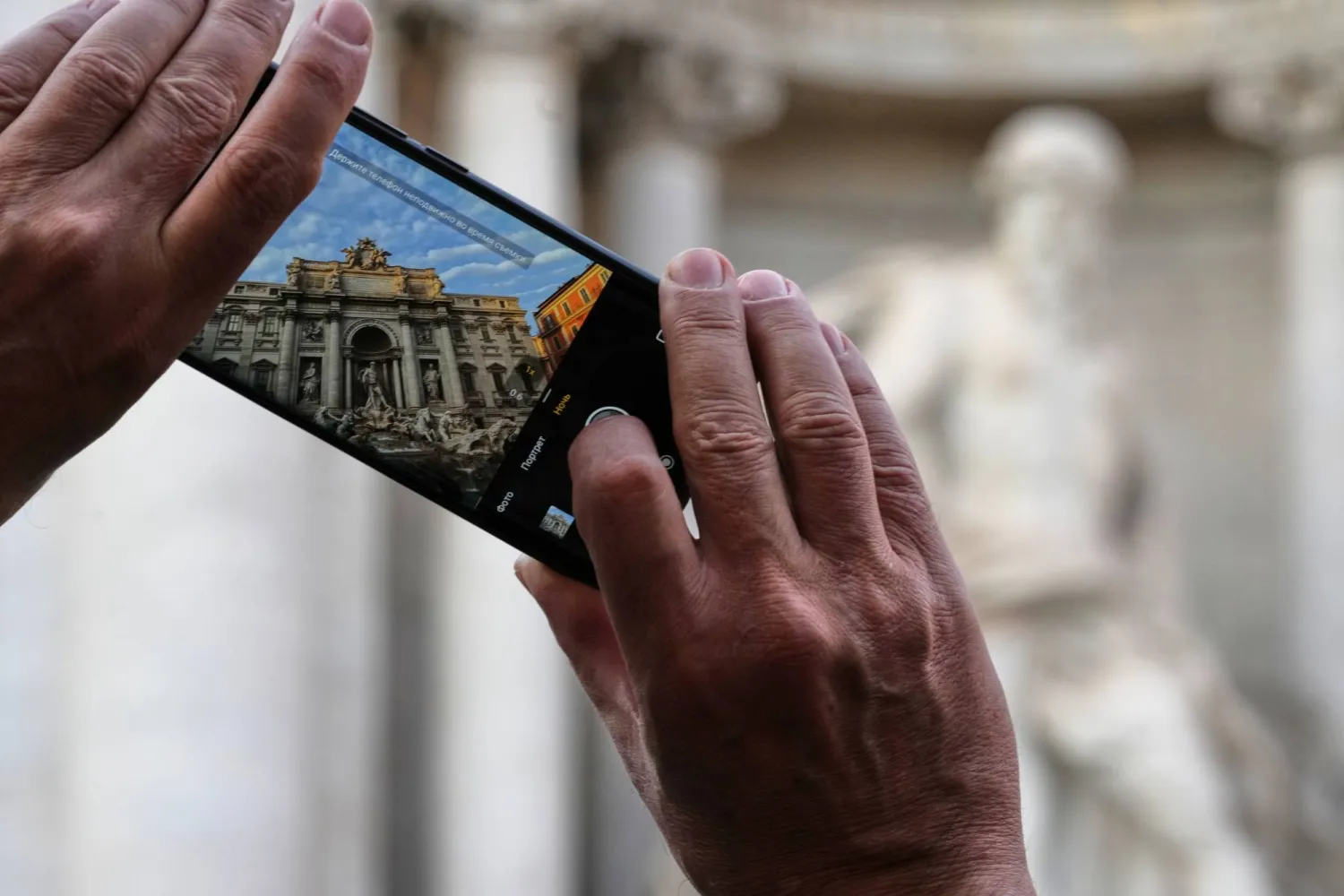Italy on Tuesday celebrated the return of around 600 antiquities from the US, including ancient bronze statues, gold coins, mosaics and manuscripts valued at 60 million euros ($65 million), that were looted years ago, sold to US museums, galleries and collectors and recovered as a result of criminal investigations.
US Ambassador Jack Markell, Matthew Bogdanos, the head of the antiquities trafficking unit of the New York district attorney's office, and members of the US Homeland Security Investigations department were on hand for the presentation alongside the leadership of Italy’s Culture Ministry and Carabinieri art squad.
It was the latest presentation of the fruits of Italy’s decades-old effort to recover antiquities that were looted or stolen from its territory by “tombaroli” tomb raiders, sold to antiquities dealers who often forged or fudged provenance records to resell the loot to high-end buyers, auction houses and museums.
Markell said that Washington was committed to returning the stolen loot “to where it belongs” as a sign of respect for Italy and its cultural and artistic heritage.
“We know that safeguarding this history requires care and vigilance, and this is why we do what we do,” he said, adding that the US was keeping a close eye on the latest target for art traffickers: Ukraine.
Not included in the latest haul from the US was the “Victorious Youth” ancient Greek bronze statue, the object of a decades-long court battle between Italy and the Malibu, California-based Getty Museum. The prized statue recently made headlines anew when the European Court of Human Rights strongly backed Italy's right to seize it, reaffirming that it had been illegally exported from Italy.
Bogdanos and Homeland Security officials declined to comment on whether or when the “Victorious Youth” might be returned, saying it's part of an ongoing investigation.
Among the most valuable artifacts on display Tuesday was a fourth-century Naxos silver coin depicting god of wine Dionysius that was looted from an illicit excavation site in Sicily before 2013 and smuggled to the United Kingdom. Bogdanos said the coin, which was being offered for sale for $500,000, was found in New York last year as part of an investigation into a noted British coin dealer.
He said that other items were returned from New York’s Metropolitan Museum of Art and some of the well-known New York philanthropists who donated artifacts to its collections that turned out to have been stolen.
The returned artifacts, ranging from the ninth century B.C. to the second century, also included a life-sized bronze figure, as well as bronze heads and multiple Etruscan vases. Other items, including oil paintings from the 16th and 19th centuries, had been stolen from Italian museums, religious institutions and private homes in well-documented thefts, the carabinieri said.
Bogdanos, who forged an alliance with the Italian carabinieri art squad as they tried to recover Iraq’s stolen antiquities after the US invasion, said that Washington doesn’t distinguish between items taken during illicit excavations or those stolen in thefts: it all amounts to looting.
“Looting is local,” Bogdanos said. Locals “know when the security guards come on, they know when they come off. They know when the security guards are guarding particular sites and not others. They know when there are scientific, proper, approved archeological excavations, and then they know when those archaeological excavations close for example, for the winter or for lack of funding.”
Given that, he said, there will always be looting.
“Our job is to minimize it, increase the risk to those who would engage in this traffic, convict them and where appropriate, sentence them,” Bogdanos said.









